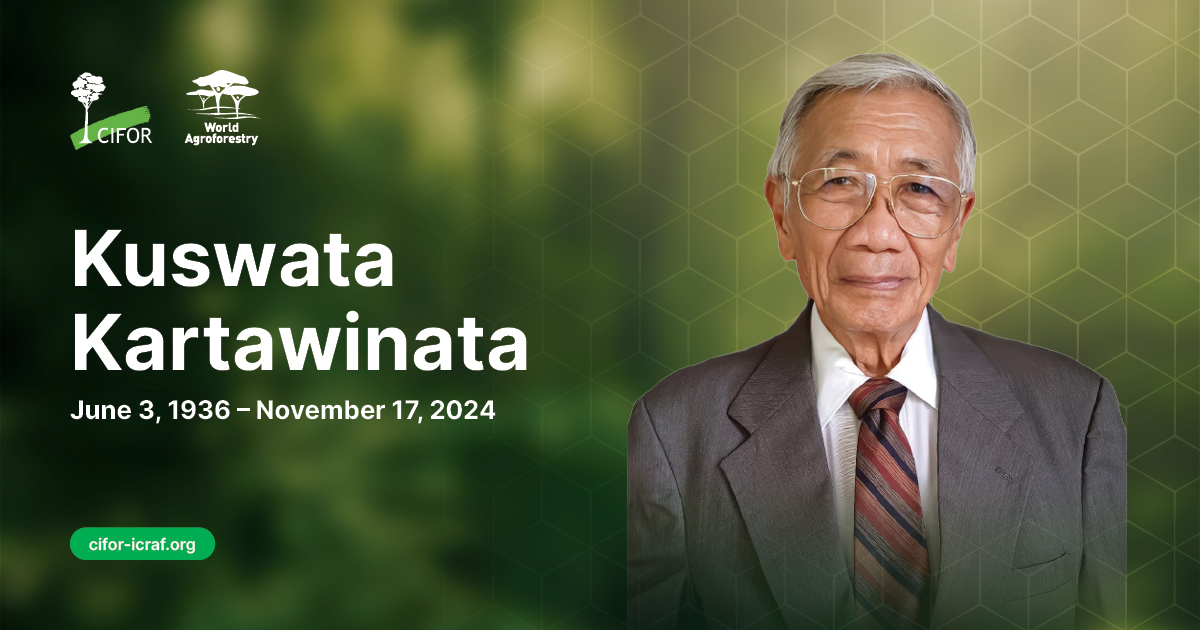Download:
Tahun publikasi
2022
Penulis
Jacob, J.; Gitz, V.; Gohet, E.; Kadir, A.B.S.A.; Nair, L.; Pinizzotto, S.; Nguyen, A.N.; Blagodatsky, S.; Brady, M.A.; Cerutti, P.O.; Chen, B.; Duchelle, A.E.; Fairuzah, Z.; Febbiyanti, T.R.; Gay, F.; Jessy, M.D.; Martius, C.; Matsui, M.; Meybeck, A.; Nouvellon, Y.; Omokhafe, K.O.; Othman, R.; Penot, E.; Rodrigo, L.; Rubaizah, F.; Beuve, J.S.; Singh, A.; Tajuddin, I.; Thaler, P.; Wijaya, T.; Wjiesuriya, W.
Bahasa
English
Kata kunci
rubber plants, climate change, adaptation, livelihoods, value chain

















